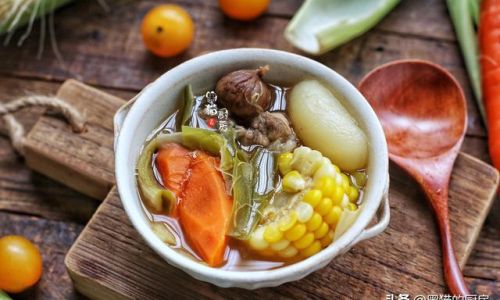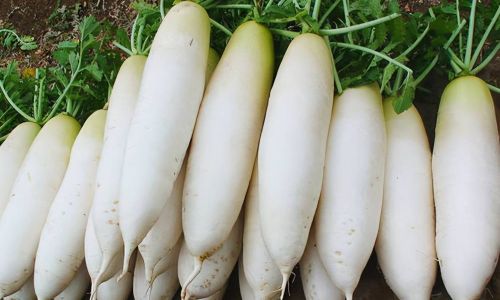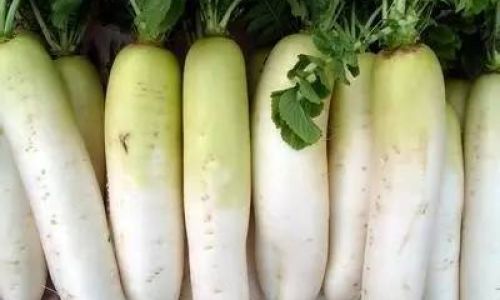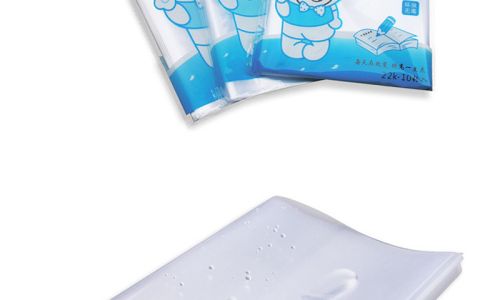Cactus flowers, known as “霸王花” (Bàwánghuā) in Chinese, are a prized ingredient in traditional Cantonese cuisine and herbal medicine. Renowned for their delicate flavor, gelatinous texture, and purported health benefits, these blooms are often used to craft nourishing soups. However, preparing cactus flowers correctly requires attention to detail, particularly when it comes to soaking—a critical step that ensures the flowers soften, rehydrate, and release any impurities. This article delves into the science and art of soaking cactus flowers, exploring the optimal duration, techniques, and common pitfalls to avoid. Whether you’re a seasoned home cook or a curious novice, this guide will equip you with the knowledge to elevate your cactus flower soup game.
Why Soaking Matters: The Science Behind Rehydration
Cactus flowers, especially dried varieties, are dehydrated to preserve their shelf life. Soaking serves two primary purposes: rehydration and detoxification. When submerged in water, the flowers absorb moisture, which softens their fibrous structure and makes them edible. Simultaneously, soaking helps leach out residual dirt, pesticides, or bitter compounds that may linger after harvesting. Skipping this step can result in a chewy texture and an unpleasant aftertaste, undermining the soup’s quality.
Factors Influencing Soaking Time
The ideal soaking duration for cactus flowers is not one-size-fits-all. Several variables affect how long you should soak them:
-
Dryness Level:
- Sun-Dried vs. Oven-Dried: Flowers dried under the sun typically require longer soaking (up to 6 hours) due to their brittle texture. Oven-dried varieties, which retain slight moisture, may soften in 3–4 hours.
- Age of the Dried Flowers: Older, harder flowers need more time to rehydrate. If your cactus flowers feel crumbly or discolored, extend the soak by an hour or two.
-
Water Temperature:

- Cold Water: Soaking in cold water (room temperature) is gentler and preserves the flowers’ nutrients. However, it takes longer—typically 4–6 hours.
- Warm Water: Using lukewarm water (around 100°F/38°C) accelerates rehydration, cutting the time to 2–3 hours. Avoid hot water, as it can make the flowers mushy and destroy heat-sensitive vitamins.
-
Altitude and Humidity:
In dry climates or high-altitude regions, water evaporates faster. Compensate by adding extra water during soaking or covering the bowl with a lid.
-
Intended Use:
For clear broths, longer soaking ensures thorough cleaning. For thicker soups (e.g., with pork ribs or chicken), a slightly shorter soak may suffice, as the cooking liquid will further soften the flowers.
Step-by-Step Soaking Guide
Follow this routine to achieve perfectly rehydrated cactus flowers:
-
Inspect and Rinse:
Place the dried flowers in a colander and rinse them under cool running water. Gently rub the petals to remove visible dirt. Avoid scrubbing too hard, as this can bruise the flowers.
-
Initial Soak (10–15 Minutes):
Submerge the flowers in a large bowl of cold water. Swirl them gently to dislodge debris. After 10 minutes, drain the water and discard it—this initial rinse removes surface impurities.
-
Second Soak (The Main Event):
- Refill the bowl with fresh cold water (or lukewarm, if preferred). Ensure the flowers are fully submerged; use a plate or weight to keep them beneath the surface.
- Soaking Time:
- Cold Water: 4–6 hours.
- Warm Water: 2–3 hours.
- Pro Tip: Change the water every hour to prevent bacterial growth and maintain freshness.
-
Check for Softness:
After the soak, pinch a petal between your fingers. It should feel pliable, not brittle. If the center stem remains stiff, soak for an additional 30–60 minutes.
-
Final Rinse:
Drain the flowers and rinse once more under cold water. Trim any tough stems or discolored edges with kitchen shears.
Common Mistakes to Avoid
-
Under-Soaking:

Rushing the process leaves the flowers chewy and gritty. Patience is key!
-
Over-Soaking:
Leaving cactus flowers in water for more than 8 hours can make them waterlogged, causing them to disintegrate during cooking.
-
Using Hot Water:
Boiling water denatures enzymes and vitamins, diminishing the flowers’ nutritional value.
-
Ignoring Water Changes:
Stagnant water can ferment, imparting a sour taste. Refresh the water every hour.
Enhancing Flavor and Nutrition
Cactus flower soup is a blank canvas for culinary creativity. After soaking, pair the flowers with complementary ingredients:
- Proteins: Pork ribs, chicken, or dried oysters add richness.
- Vegetables: Carrots, corn, or lotus root introduce sweetness.
- Herbs: Goji berries, red dates, or ginger balance the earthy notes.
- Seasonings: A pinch of salt or a drizzle of sesame oil at the end enhances umami.
Health Benefits of Cactus Flower Soup
Traditional Chinese medicine (TCM) praises cactus flowers for their cooling properties, which are believed to:
- Clear Heat: Alleviate symptoms like dry throat or constipation.
- Reduce Inflammation: Beneficial for respiratory issues.
- Hydrate the Body: Rich in mucilage, they soothe the digestive tract.
Modern nutritionists highlight their fiber, antioxidants, and low-calorie content, making them a healthy addition to any diet.
Cultural Significance
In Cantonese households, cactus flower soup is a staple during summer months, when its cooling effects are most valued. The flower’s association with resilience—thriving in arid climates—mirrors the soup’s role in nourishing the body during harsh weather.
Conclusion: Mastering the Soak
The optimal soaking time for cactus flowers hinges on balance: long enough to rehydrate and cleanse, but not so long that they lose their structure. By considering factors like dryness, water temperature, and climate, you can tailor your approach. Remember, the goal is to transform these prickly blooms into a velvety, flavorful base for soup—a testament to the alchemy of patience and preparation.
Whether you’re seeking comfort, health, or culinary adventure, cactus flower soup rewards the diligent cook. So next time you unpack a bag of dried霸王花, set aside the time to soak it right. Your taste buds—and your body—will thank you.






0 comments